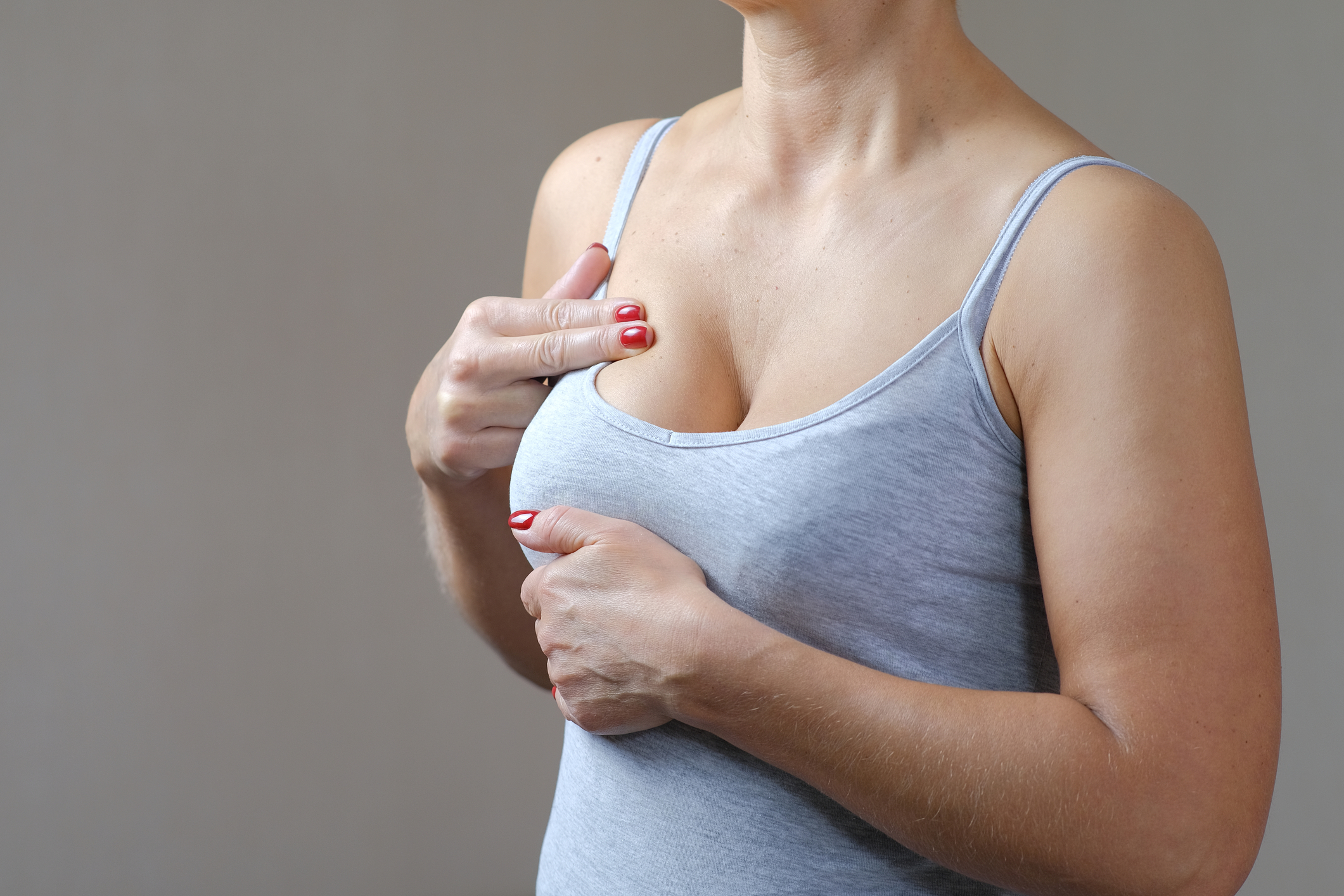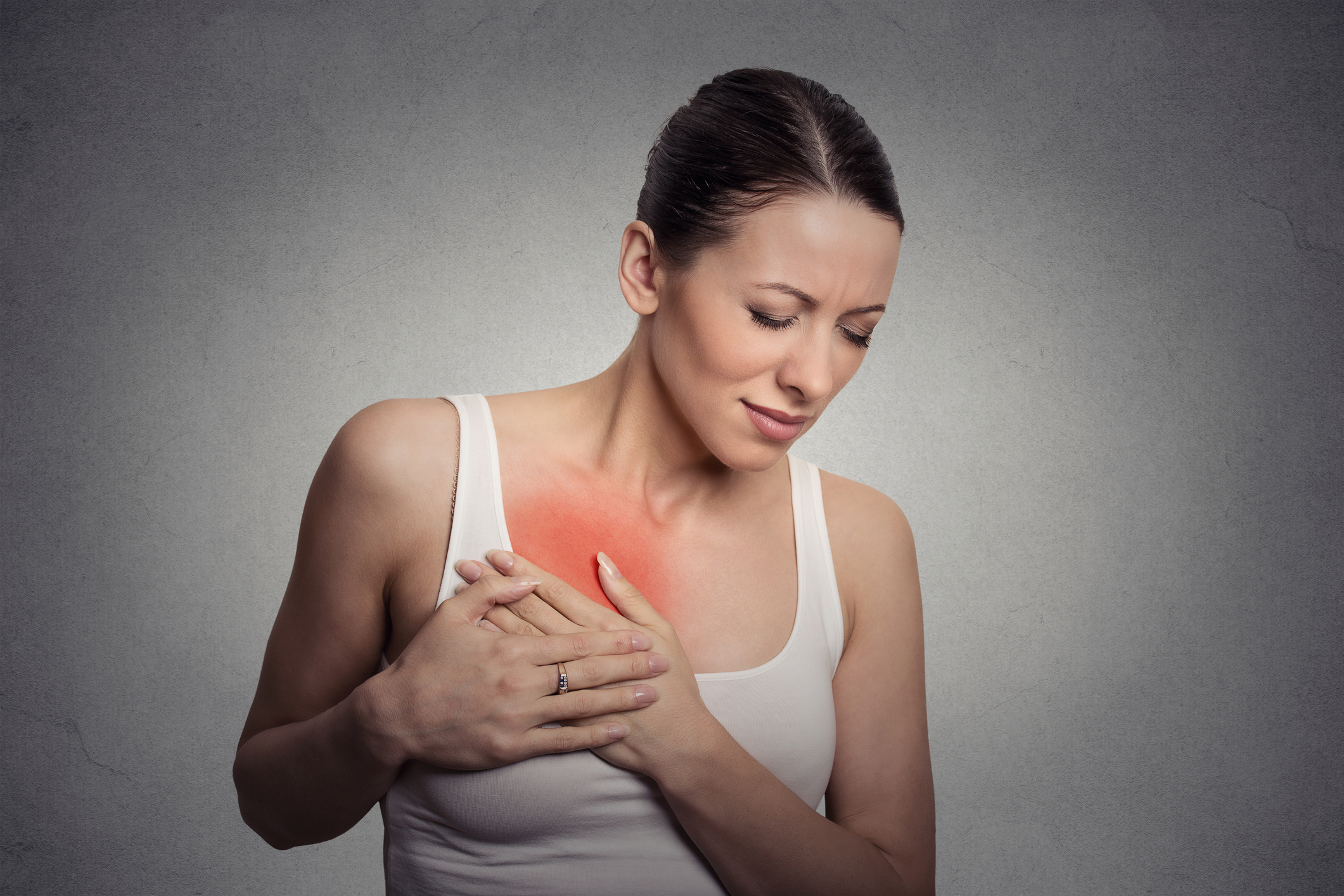Breast Cancer Symptoms And What You Need To Know
Breast cancer is the leading cause of cancer amongst North American females (excluding skin cancers). In many cases, women do not even realize that breast cancer has developed until they find a small lump or one is found during a routine breast exam. Initially, breast cancer may not cause any symptoms, however, there are some revealing symptoms that patients need to be aware of. The following various symptoms may be an indication of breast cancer.
Nipple Discharge

There are many reasons as to why your nipple may be excreting discharge and in most cases, they are non-cancerous. When you experience discharge from one nipple, in particular, this may be a sign of breast cancer.
If you suddenly develop nipple discharge, see a physician immediately, especially if it contains blood and appears without squeezing the area. Be especially cautious of this and contact your doctor right away. You don't want it to turn into a serious problem if it's not checked immediately.
Continue reading to discover another common symptom of breast cancer.
A Lump On The Breast Or Underarm Area

The most common symptom is a new lump, either on your breast or within your underarm area. Generally, these lumps will be painless and hard. If the edges are irregular, it can be a clear indication that the lump is cancerous. With that being said, cancerous lumps may also be soft, tender, and rounded. In some cases, breast cancer can spread to the lymph nodes underneath the arm or around the collarbone, resulting in a lump or sudden swelling in these areas. Although approximately ninety percent of breast lumps amongst women between the ages of twenty and fifty are benign, if you are concerned, you should have any lump that appears unexpectedly checked by a doctor immediately. Common causes of a benign breast lump include a breast infection, fibrocystic breast disease (lumpy breasts), fibroadenoma (noncancerous tumors), and fat necrosis (damaged tissue).
Next, find out how the changes in your nipple shape can be an early sign of breast cancer.
